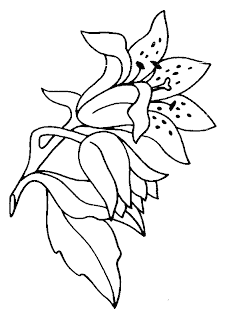Twentieth-century bohemian & Czech glass timeline
the records of glass in the Czech republic date from the thirteenth century, however, it didn't become across the world acknowledged till the early 18th century when the bohemians hooked up a trading community, with merchants distributing the glassware in the course of Europe, as well as to Jesuit missions in the south the USA. Within the mid-20th century, Czech designers and artists, running in the wake of global warfare ii and under communist rule, invented new approaches to painting and growing sculptural forms in glass. Overdue 19th century
all varieties of glassmaking and glass redecorating strategies are practised in bohemia, which encompasses the making of experimental, coloured glasses and the mixed-use of the casing, flashing, reducing, engraving, enamelling, and gilding for adornment. 1900
the art nouveau fashion is dominant in ECU carrying out arts. Referred to as art nouveau in France and Belgium, this fashion is thought via many names, along with jugendstil (Germany), sezessionstil (Austria), and stile liberty (Italy). Art nouveau is diagnosed by means of its ornamental remedy of herbal imagery that emphasizes asymmetrical compositions and sinuous strains, or easy geometric styles. For bohemian artists, the Austrian capital of Vienna is a vital cultural resource. The Viennese cultural scene maintains to persuade bohemian artists into the twenties and 1930s.




